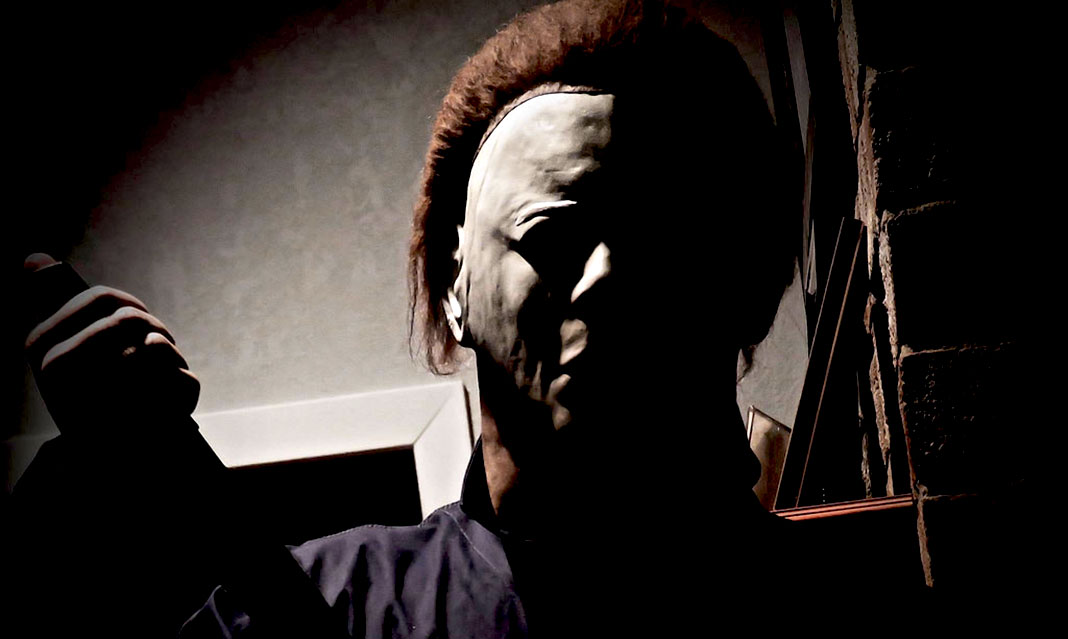John Carpenter’s 1978 film Halloween set the precedent for the future of horror films. Starting as a cult indie film, the movie has gained a reputation as a horror classic and its influence on the genre is still seen today, from the tropes it popularized to the recently released sequel.
The film follows Michael Myers, beginning with his murder of his sister as a child. Fifteen years later, he’s escaped the mental institute in which he was held on Halloween night, murdering the residents of a small town in Illinois.
The film stars Jamie Lee Curtis in her debut role as Laurie—a bookworm and babysitter. While her friends prepare for Halloween night with their boyfriends, she decides to take a babysitting job. Later on, Michael enters her neighborhood and murders her friends, prompting Laurie to look for them. The film’s final act centers around Laurie and Michael’s chase, ending with the capture of Michael by his psychiatrist.
Jamie Lee Curtis is fantastic as Laurie, beginning the film as the smartest girl in her friend group. She becomes the sole survivor against Michael and her charming personality forces us to root for her survival. Nick Castle plays Michael and while his face is rarely shown from behind the mask, his physicality feels cold and haunting.
My favourite scenes viewing this movie are easily the ones in which characters would see Michael, and him vanishing as they are momentarily distracted. Later becoming a trope in slasher films, Michael’s disappearances build suspense in the movie.
I was also entertained by Laurie’s friends. Lynda (P.J. Soles) and Annie (Nancy Kyes) are more playful than the rest of the film’s characters, providing some lightness and humour before the horrors of the film.
Sex plays an interesting theme in the film, as Michael often murders his teenage victims before or after they have sex, while Laurie, the only teenage character not to engage in sex in the film, becomes the sole survivor.
The setting also gives way to another reading of the film. The antagonist was created in a suburban neighborhood and later comes back to terrorize it. The horror is built from the idea that this is your typical safe middle-class American neighborhood, yet danger is not only lurking in it but created by it.
Beyond its ten sequels and remakes, Halloween’s influence on film is clear by its creation of the many tropes used in slasher films today. The most prominent of these being the popularization of the “final girl” trope—Laurie becomes the final survivor within the known victims, and this trope is repeated in films like Friday the 13th, A Nightmare on Elm Street, and Scream. Other tropes popularized by the film are the murders of drunk or sexually active characters, and the use of a theme song for the killer.
The movie also established Curtis as a “scream queen,” following her mother Janet Leigh, who rose to fame as the scream queen in Psycho, which played a large influence on this film. While Psycho still holds my top spot for my favourite horror film, Halloween is an easy favourite. It has aged gracefully, and while many films have pulled from the formula it created, the original holds up in modern viewing as one of the best horror movies of all time.



